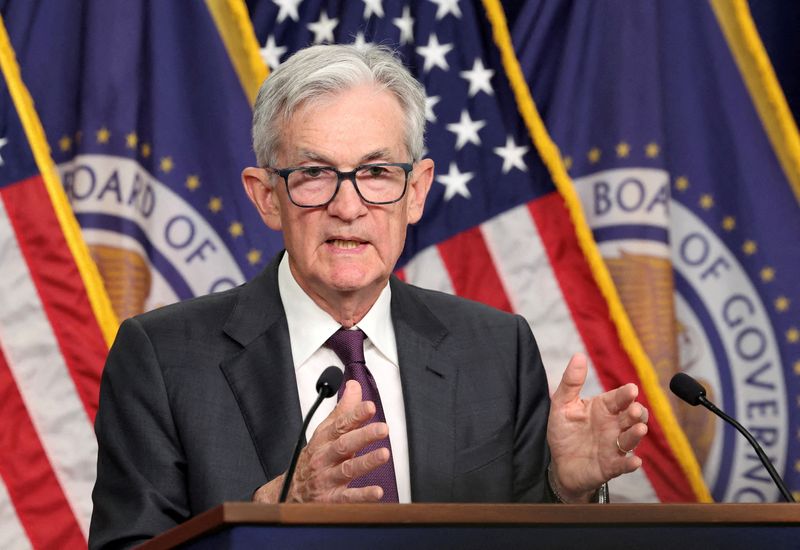NEW YORK – As global financial markets continue to experience volatility amid unpredictable trade policies and persistent inflation, analysts are turning their attention to the US Federal Reserve and its emergency toolkit that it can activate if needed.

NEW YORK – As global financial markets continue to experience volatility amid unpredictable trade policies and persistent inflation, analysts are turning their attention to the US Federal Reserve and its emergency toolkit that it can activate if needed.
Concerns have been growing after the Trump administration's unusual moves, including tax hike proposals and public comments about the possibility of firing Fed Chairman Jerome Powell, have sparked a sell-off in the stock market. Experts say that if asset prices continue to fall and the liquidity system is threatened, the Fed could re-launch policies that were used during crises like the COVID-19 pandemic.
Ready, but Not Acting
Chair Jerome Powell recently said the Fed would not intervene just because the stock market is down, unless there are clear signs of disorderly trading. "The markets are functioning in an orderly manner," he stressed.
But Patricia Zobel, a former managing director at the New York Fed and now head of research at Guggenheim Investments, said several tools are at the ready. These include the Standing Repo Facility (SRF), the Discount Window, and selective bond-buying programs to ensure liquidity in the system.
"These tools not only help maintain market stability, but they also operate almost automatically if an emergency occurs," Zobel said.
Asset Purchases: A Last Resort?
Still, experts warn that restarting the large-scale bond-buying programs that helped stabilize markets in 2020 would be a delicate move. This could be misinterpreted as a signal of monetary easing, which is undesirable when inflation is still above the Fed’s 2% target.
“Asset purchases should be a last resort,” said Jeremy Stein, a professor at Harvard University and former Fed governor. He suggested the Fed could set up a flexible mechanism that would allow it to buy and sell bonds at a specific target, separating market support from economic stimulus.
Steven Kelly, associate director of research at the Yale School of Management, agreed that if all else fails, the Fed would be hard-pressed to avoid using the tool again.
Signals from the liquidity system
One clear sign for investors to watch is the frequency of use of tools like the SRF, where financial institutions can quickly convert Treasury bonds into cash. Since its launch in 2021, the tool has been used sparingly, but a surge in inflows could signal rising liquidity pressures.
Alternatively, the Fed could conduct extended repo operations, buying long-term bonds with a commitment to sell them back to pump money into the system.
Should You Invest $2,000 in SRFL Right Now?
While the market struggles to find a foothold, InvestingPro's AI algorithms have combed through thousands of stocks and identified SRFL as a "hidden gem." In 2024, undervalued stocks have unexpectedly surged more than 30%, with some even exceeding 150%. Could SRFL be one of them?
Don't miss out! Access ProPicks AI's premium portfolio to dig deeper.
